Wildlife Trade: Ethical Considerations and Regulations
- September 13, 2024
- 0 comment
Wildlife trade, the commercial exchange of wild animals and plants, plays a significant role in the global economy, supporting industries from medicine to fashion. While the legal trade in wildlife can offer economic benefits and foster conservation, the illegal trade, valued at billions of dollars annually, threatens ecosystems, endangers species, and disrupts communities.
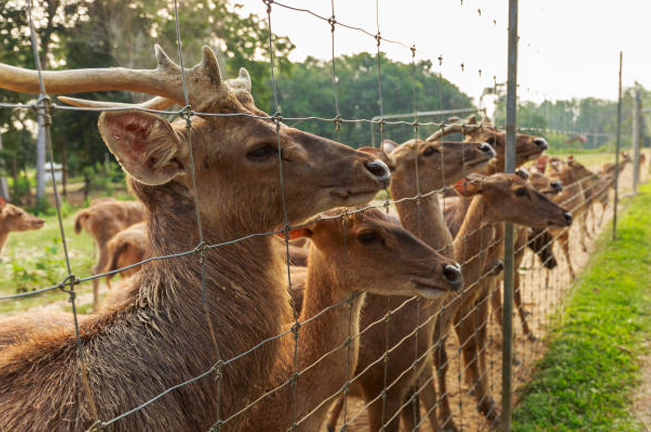
Culturally, wildlife trade has deep roots, with some species valued for traditional medicines or as status symbols. Ecologically, the removal of species from their natural habitats affects biodiversity, altering ecosystem dynamics. The global demand for wildlife poses ethical concerns about sustainability, animal welfare, and the exploitation of vulnerable communities. At the same time, regulatory frameworks, such as international conventions and national laws, aim to manage and control wildlife trade, balancing economic growth with environmental protection.
Table of Content
- Ethical Issues in Wildlife Trade
- The Legal Wildlife Trade: Opportunities and Challenges
- Illegal Wildlife Trade: A Global Crisis
- International Regulations and Conventions
- National Regulations and Enforcement
- The Role of Conservation Organizations
- Balancing Economic, Social, and Ethical Considerations
- Future Directions in Wildlife Trade Regulation and Ethics
- FAQs
Ethical Issues in Wildlife Trade
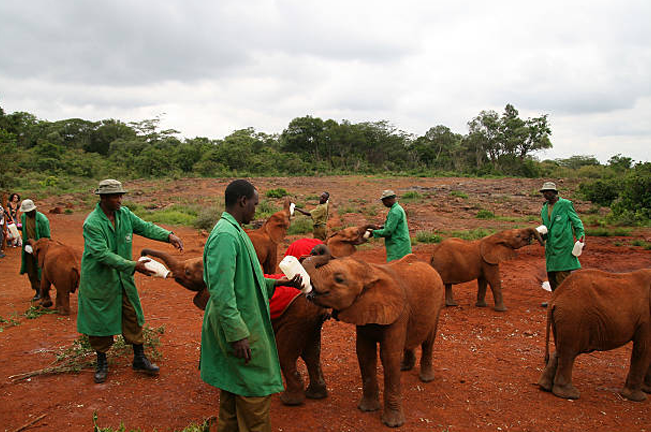
The ethical issues surrounding wildlife trade are vast and complex. One major concern is the exploitation of endangered species, driven by demand for exotic pets, ivory, and traditional medicine. Species such as elephants, rhinos, and pangolins face severe population declines due to poaching and illegal trade.
Illegal wildlife trade contributes significantly to biodiversity loss. When species are removed from their natural environments, ecosystems suffer, resulting in habitat degradation and altered species interactions. The capture, transport, and trading of wild animals also raise serious animal welfare concerns. Animals often endure poor conditions, with many dying during transportation due to stress and inadequate care.
Balancing conservation with local livelihoods adds another ethical dilemma. In some regions, wildlife trade is a crucial economic activity. However, efforts to curb illegal trade may restrict income opportunities for communities dependent on natural resources. The challenge lies in finding solutions that conserve biodiversity while respecting the needs of those who rely on wildlife for their survival.
The Legal Wildlife Trade

There is a clear distinction between legal and illegal wildlife trade. Legal trade, regulated by international conventions and national laws, can provide a sustainable income for communities while supporting conservation efforts. For instance, the sale of farmed or sustainably harvested species, such as crocodile skins or medicinal plants, can create economic incentives for conservation.
Industries such as fashion, pharmaceuticals, and the pet trade rely heavily on wildlife products. For example, reptiles are traded for their skins, plants for traditional medicine, and birds for the exotic pet market. While these industries contribute to economic growth, ensuring ethical practices within the legal wildlife trade remains a challenge. Monitoring supply chains and enforcing regulations are critical to preventing illegal wildlife from entering legal markets.
Illegal Wildlife Trade
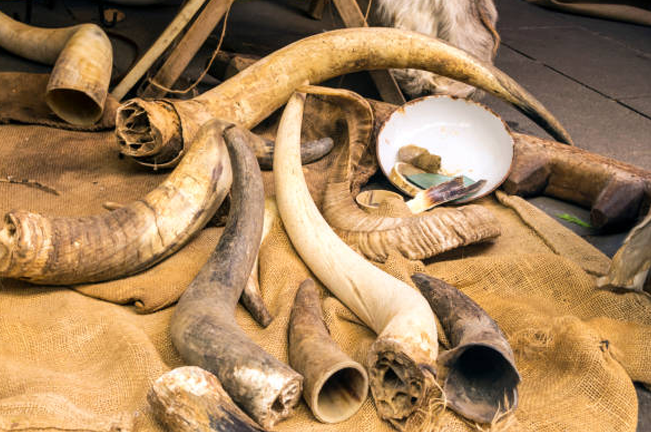
Illegal wildlife trade is one of the most pressing conservation crises worldwide. This multi-billion-dollar industry thrives on the black market, where species such as elephants, rhinos, and tigers are ruthlessly exploited for their tusks, horns, and pelts.
The impact of illegal wildlife trade extends beyond species loss. It devastates ecosystems, contributing to habitat destruction and disrupting ecological balance. Local communities, especially in developing countries, bear the brunt of this crisis. Wildlife trafficking often intersects with organized crime, further exacerbating social instability and corruption.
Efforts to combat illegal wildlife trade face significant challenges, as it spans borders and involves intricate networks of poachers, traffickers, and buyers. Despite global initiatives, the scale of illegal trade continues to grow, threatening not only wildlife but also the integrity of ecosystems and human communities.
International Regulations and Conventions

International cooperation is crucial in regulating wildlife trade. The Convention on International Trade in Endangered Species of Wild Fauna and Flora (CITES) is a key agreement that governs the international trade of species at risk of extinction. CITES provides a framework for nations to regulate trade and ensure that it does not threaten the survival of species in the wild.
Other organizations, such as the International Union for Conservation of Nature (IUCN), also play a vital role in shaping wildlife trade regulations. These agreements aim to monitor and enforce restrictions, with success stories like the recovery of species such as the vicuña in South America, which was once endangered but is now sustainably harvested for its wool.
However, challenges remain in enforcing these agreements, especially in countries with limited resources. While international regulations provide a foundation for ethical wildlife trade, their effectiveness depends on the commitment of individual countries to implement and enforce them.
National Regulations and Enforcement
Many countries have implemented national laws to regulate wildlife trade and combat illegal trafficking. For instance, the United States enforces the Endangered Species Act, which prohibits the trade of species listed as threatened or endangered. In Africa, nations like Kenya and Tanzania have strengthened anti-poaching laws to protect their wildlife.
Customs and law enforcement agencies play a critical role in intercepting illegal wildlife products at borders. Successful enforcement actions, such as large-scale seizures of ivory or rhino horn, demonstrate the effectiveness of these efforts. However, corruption and a lack of resources often undermine enforcement, allowing illegal trade to continue unchecked.
Despite these challenges, some countries have made progress in prosecuting wildlife traffickers. Strict penalties and international collaboration have led to the dismantling of several trafficking networks, highlighting the importance of strong legal frameworks and cooperation.
The Role of Conservation Organizations
Non-governmental organizations (NGOs) and conservation groups are instrumental in the fight against illegal wildlife trade. Organizations like the World Wildlife Fund (WWF) and TRAFFIC work to raise public awareness, support enforcement efforts, and promote sustainable alternatives to wildlife trade.
Public awareness campaigns, such as those discouraging the purchase of ivory, have played a significant role in reducing demand for illegal wildlife products. Wildlife rescue and rehabilitation centers also contribute by providing care for animals seized from illegal trade and helping rehabilitate them for return to the wild.
Collaboration between governments and NGOs has led to successful conservation initiatives, including anti-poaching programs, habitat restoration, and community-based conservation projects. These efforts highlight the power of partnership in addressing the ethical and regulatory challenges of wildlife trade.
Balancing Economic, Social, and Ethical Considerations
In many parts of the world, wildlife trade is an essential part of local economies. Communities rely on it for food, income, and cultural practices. However, unsustainable trade practices can lead to biodiversity loss and long-term economic decline as species populations dwindle.
Developing sustainable livelihoods is crucial to reducing the dependence on illegal wildlife trade. Alternatives, such as ecotourism and sustainable agriculture, provide income opportunities that align with conservation goals. For instance, community-managed wildlife reserves offer a way for local people to benefit from conservation through tourism revenue, without exploiting wildlife.
Ethical frameworks must balance the needs of humans and wildlife. Approaches like ecotourism allow communities to benefit economically while conserving biodiversity, demonstrating how ethical trade practices can lead to a win-win scenario for people and wildlife.
Future Directions in Wildlife Trade Regulation and Ethics
As wildlife trade evolves, new trends and challenges continue to emerge. The rise of online platforms has expanded the illegal wildlife trade, with exotic pets, rare plants, and animal products now being traded more easily across borders.
Technology, however, also offers solutions. Digital tools, such as blockchain and wildlife DNA forensics, are being developed to track wildlife products and verify their legal origins. These innovations have the potential to revolutionize wildlife trade monitoring and enforcement.
Future reforms in international and national policies will likely focus on strengthening enforcement, improving transparency, and ensuring that wildlife trade aligns with conservation goals. The role of ethics in wildlife trade will become increasingly important as societies grapple with the need to protect biodiversity while addressing human economic needs.
Frequently Asked Questions (FAQs)
1. What is wildlife trade?
Wildlife trade refers to the buying, selling, or exchanging of wild animals and plants, both legal and illegal, for various purposes such as food, medicine, fashion, and pets.
2. What are the main ethical concerns surrounding wildlife trade?
Ethical concerns include the exploitation of endangered species, animal welfare issues, biodiversity loss, and the impact of wildlife trade on local communities’ livelihoods.
3. How does illegal wildlife trade affect biodiversity?Illegal wildlife trade contributes to biodiversity loss by pushing species to the brink of extinction, disrupting ecosystems, and causing habitat degradation.
4. What is the difference between legal and illegal wildlife trade?
Legal wildlife trade is regulated by laws and international agreements to ensure sustainability and species protection. Illegal wildlife trade involves the trafficking of protected or endangered species and violates local and international regulations.
5. How does legal wildlife trade contribute to conservation?
When properly regulated, legal wildlife trade can support conservation efforts by providing economic incentives for sustainable practices and protecting habitats.
6. Which industries are most dependent on wildlife trade?
Industries such as traditional medicine, fashion (e.g., fur and exotic leather), the pet trade, and the food industry heavily rely on wildlife products.
7. What species are most affected by illegal wildlife trade?
Species like elephants, rhinos, tigers, pangolins, and various exotic birds and reptiles are among the most affected by illegal wildlife trade.
8. What international regulations govern wildlife trade?
The Convention on International Trade in Endangered Species of Wild Fauna and Flora (CITES) is the primary international agreement that regulates wildlife trade to protect endangered species.
9. How effective are international regulations in controlling wildlife trade?
While international regulations like CITES have had some success in protecting species, enforcement challenges, corruption, and limited resources often hinder their effectiveness.
10. What role do national laws play in regulating wildlife trade?
National laws enforce wildlife trade regulations within individual countries, helping to protect species and prevent illegal trade through customs and law enforcement.
11. How do NGOs contribute to combating illegal wildlife trade?
Non-governmental organizations (NGOs) raise awareness, support conservation efforts, rescue animals, and work with governments to improve policies and enforcement.
12. What alternatives exist to wildlife trade for communities dependent on it?
Sustainable livelihoods such as ecotourism, sustainable agriculture, and community-managed conservation programs offer alternatives to wildlife trade for income generation.
13. How can ecotourism help reduce wildlife trade?
Ecotourism provides an ethical way for communities to benefit economically from wildlife without exploiting or trading animals, helping to promote conservation and sustainability.
14. What are some of the emerging trends in wildlife trade?
Emerging trends include the rise of online wildlife trade platforms, increasing demand for exotic pets, and the use of technology such as blockchain to track legal wildlife products.
15. What are the key challenges in regulating wildlife trade?
Challenges include enforcement difficulties, corruption, lack of resources, organized crime involvement, and the growing complexity of wildlife trade networks.
16. What technological advancements are helping regulate wildlife trade?
Technologies like wildlife DNA forensics, blockchain, and digital monitoring tools are being developed to track wildlife products, ensuring they are sourced legally and sustainably.
17. How does wildlife trade impact local communities?
Wildlife trade can provide economic benefits for communities, but illegal trade often disrupts local economies, causes conflict, and depletes natural resources, threatening long-term sustainability.
18. What role do international organizations play in regulating wildlife trade?
International organizations like CITES and the IUCN help set global standards, monitor trade activities, and enforce regulations that protect endangered species from over-exploitation.
19. How can wildlife trade be made more ethical?
Ensuring ethical wildlife trade involves stricter regulations, sustainable practices, better monitoring and enforcement, and creating economic alternatives that align with conservation goals.
20. What is the future of wildlife trade regulation?“
The future will likely see increased reliance on technology, more comprehensive international cooperation, and stronger ethical frameworks to balance human needs with wildlife conservation.

Gilbert Griffin
Forestry AuthorGilbert Griffin is a forest management expert specializing in sustainable practices, forest health, conservation, and land management. With extensive knowledge in pest control, disease management, and habitat restoration, Gilbert develops strategies to preserve forest ecosystems and biodiversity. Passionate about the natural world, Gilbert adapts to changes in forest management and stays updated through continuous learning. Gilbert also provides seasonal advice to optimize forest care throughout the year.

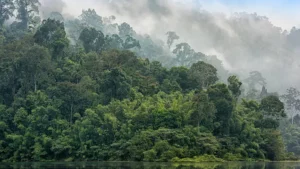
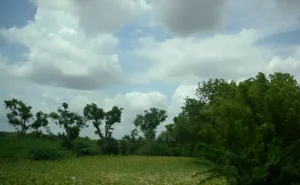
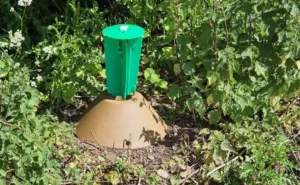


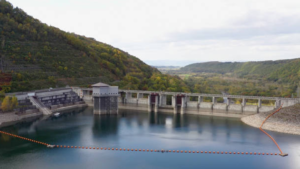
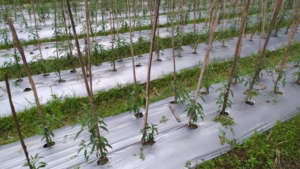



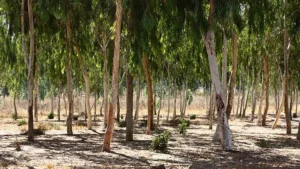
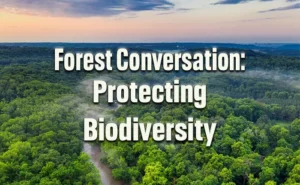
Leave your comment